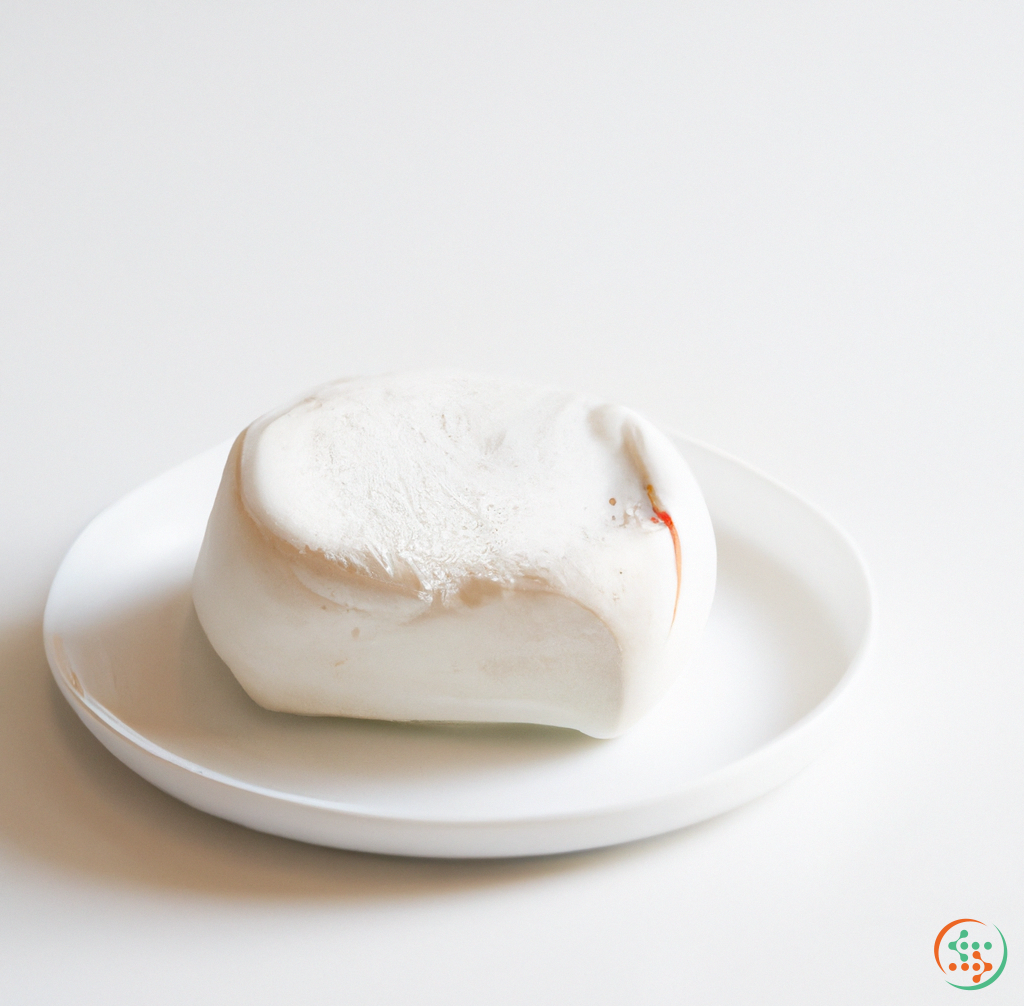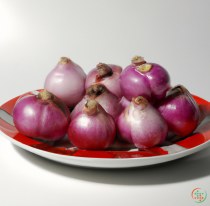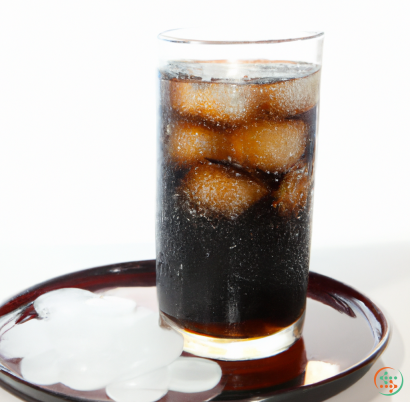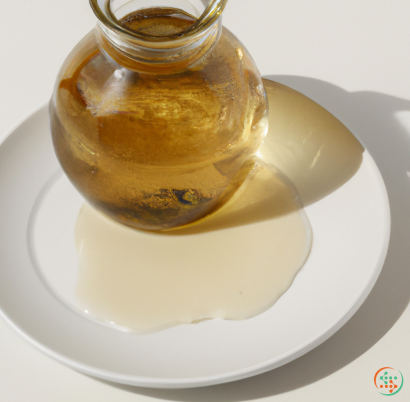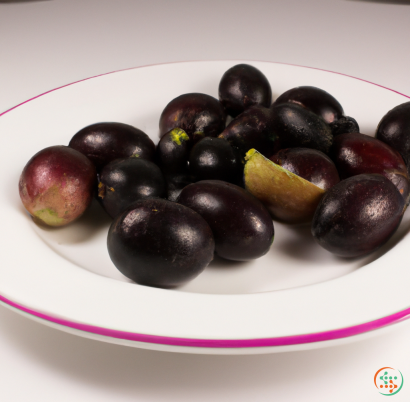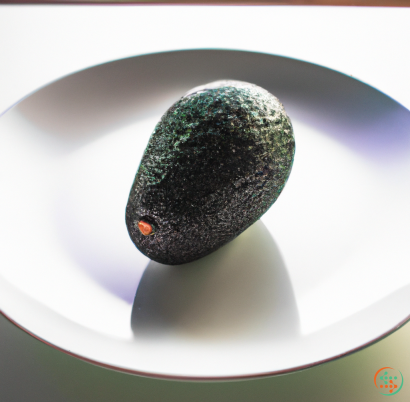Goat Cheese
, how it's made, and how to use it
Goat cheese, otherwise known as chevre, is a type of cheese made from traditional or standardized goat’s milk, or sometimes from a mix of cow’s milk and goat’s milk. It has long been a popular and widely produced cheese around the world, with production techniques varying from region to region. In France, for example, chevre is often produced slowly, in small batches, and is considered a special delicacy. In this blog post, we’ll explore the various ways to make goat cheese, why it’s so popular, and some delicious ways to use it.
There are two main ways to make goat cheese:Fresh (uncooked) and aging (cured). Fresh goat cheeses are just that—fresh, creamy, and unaged. As they do not get fermented, soft unripened goat cheeses like chèvre are ready to be eaten right away. Aging goat cheeses, on the other hand, require additional time and effort to ripen and break down proteins and fats during fermentation, developing strong flavours and textures over time. Examples of aged goat cheeses include blue cheese, cheddar, feta, and Gouda.
The popularity of goat cheese is due in part to its light flavor and texture which complement salads, appetizers, and sandwiches. Generally, goat cheese is lower in sodium and fat than other cheeses, making it an ideal option for those watching their intake or wishing to avoid dairy altogether. Compared to cow’s milk cheeses, goat cheese is also much easier to digest and can be a boon to those with lactose intolerance. Not to mention, it’s a great source of essential nutrients like protein, calcium, and phosphorus.
When shopping for goat cheese, look for an abundant selection of shapes and sizes. Fresh goat cheese is often sold in log or disc shapes, while aged cheese usually comes in wheels or cylinders. When it comes to flavor, you’ll find a huge variety—from tangy and creamy, to savory and sharp. When buying any kind of cheese, always check the expiration date, as goat cheese can spoil quickly.
When it comes to using goat cheese in cooking, the possibilities are endless. Fresh goat cheese is most commonly used in salads, spread on crackers, or as a topping for fish and vegetables. Aged goat cheese, on the other hand, can be melted over pizza, added to omelets, and incorporated into dips and sauces. Another popular way to use goat cheese is to bake it; try combining it with butter and cream for a rich, creamy tart. You can also blend it with olive oil and seasonings for a flavorful spread.
No matter if it’s fresh or aged, goat cheese is a delicious and nutritious way to add flavor to your cooking. Did we mention that this versatile cheese can even be used to make cheese sauces and pasta dishes? Whether you opt for tangy or savory varieties, goat cheese is sure to make your dishes more enjoyable!
Goat cheese, or Chevre as it is sometimes known, is a soft, white cheese that is prized for its creamy texture and salty, tangy taste. It has been around for centuries and it remains a popular cheese, contributing to many culinary dishes worldwide. The journey from goat to dinner plate can be a complex affair, covering a variety of stages, including production and transportation, before a slice of goat cheese eventually lands on a dinner plate.
From a producer’s point of view, it all begins with the goat. Goats are mammals, generally raised for their milk, meat, or fur, and can be found all over the world, with a variety of breeds available. To produce goat cheese, goats must be milked, either manually or with milking machines. This milk is then transferred to a sanitized container, before the cheesemaking process can begin.
The stage that follows the collection of the milk has several different names, such as ‘pre-ripening’, ‘ripening’ and ‘warming’. In this stage, cultures - carefully prepared bacteria - are added to the milk, resulting in the breakdown of lactose into lactic acid. This has the effect of changing the pH level, meaning that when rennet is added, the goat’s milk will be converted into cheese. Rennet helps with the coagulation, which then separates the curd from the whey. The curd is left to sit for around 12 hours.
When a custard-like consistency has been reached, the mixture is heated in a vat, to approximately 88-90F. Both the temperature of the vat, and the duration of the heating process are very important at this stage, and will depend on the type of cheese being made. Generally, the slower the heating process, the stronger and firmer the texture of the cheese will be. In addition to this stage, a variety of other techniques can be used to add flavor and texture to the cheese, including salting, cutting, stirring and even washing the curd.
Following the heating process, the curds are drained and then lightly pressed into the shape of cheese wheels or logs. There are a variety of shapes that can be produced during this process, each one giving the cheese its own unique characteristics. The cheese is then aged, anywhere from 3 weeks to 3 years, depending on the type of cheese desired. During this process, the cheese undergoes a variety of changes, including the development of flavor, texture and a natural rind.
Once the desired level of ripeness has been reached, the cheese can then be packaged and ready for transportation to a grocery store or grocery store chain. In some cases, the cheese may be packaged in a special packaging, such as waxed paper, in order to make sure that the cheese reaches its destination in good condition.
When the cheese has arrived at the store, it can be stored in cool, dry conditions until it is purchased. As goat cheese has a relatively low shelf life compared to cheese made from cow’s milk, it is important that it is purchased soon after its arrival.
Once the cheese has been purchased, it should be stored at home correctly, as proper storage will ensure that the cheese remains at its best. Usually, cheese should not be stored in the refrigerator, however goat cheese is an exception to this rule. Once at home, it should be kept cold and dry, wrapped in parchment or waxed paper, in order to prevent the cheese from drying out.
Finally, when the time has come to serve it, the cheese can then be enjoyed as part of a meal, or as part of a cheese board. If a cheese board is being served, it is important to let the cheese come to room temperature before serving. Allow the cheese to stand for up to an hour before opening the packaging, as this will ensure that the cheese is at its best when served.
Goat cheese is a versatile and delicious cheese that is popular all over the world. It has a unique creamy texture and a salty, tangy flavor that make it perfect for a wide range of dishes, including salads, sandwiches, main courses and desserts - to name just a few. The journey from goat to dinner plate is complex and interesting, involving the milking of the goats, the production of the cheese, the packaging and transportation, and the correct storage and serving of it at home. Understanding this journey can ensure that goat cheese is always enjoyed at its best.
| Vitamin A | 0.407 mg | |
| Beta-Carotene | 0.077 mg | |
| Vitamin D | 0.5 ug | |
| Vitamin D3 | 0.5 ug | |
| Vitamin E | 0.26 mg | |
| Vitamin K | 0.0025 mg | |
| Vitamin B1 | 0.07 mg | |
| Vitamin B2 | 0.68 mg | |
| Vitamin B3 | 0.00115 grams | |
| Vitamin B4 | 0.0154 grams | |
| Vitamin B5 | 0.19 mg | |
| Vitamin B6 | 0.06 mg | |
| Vitamin B9 | 0.002 mg | |
| Vitamin B12 | 0.22 ug |
| Calcium | 0.298 grams |
Daily Value 1.3 g
|
| Iron | 0.00162 grams |
Daily Value 0.018 g
|
| Magnesium | 0.029 grams |
Daily Value 0.4 g
|
| Phosphorus | 0.375 grams |
Daily Value 1.25 g
|
| Potassium | 0.158 grams |
Daily Value 4.7 g
|
| Sodium | 0.415 grams |
Daily Value 2.3 g
|
| Zinc | 0.66 mg |
Daily Value 0.011 g
|
| Copper | 0.56 mg |
Daily Value 0.9 mg
|
| Manganese | 0.09 mg |
Daily Value 0.0023 g
|
| Selenium | 0.0038 mg |
Daily Value 0.055 mg
|
| Tryptophan | 0.227 grams | |
| Threonine | 0.805 grams | |
| Isoleucine | 0.893 grams | |
| Leucine | 1.861 grams | |
| Lysine | 1.549 grams | |
| Methionine | 0.575 grams | |
| Cystine | 0.098 grams | |
| Phenylalanine | 0.859 grams | |
| Tyrosine | 0.842 grams | |
| Valine | 1.485 grams | |
| Arginine | 0.639 grams | |
| Histidine | 0.589 grams | |
| Alanine | 0.372 grams | |
| Aspartic Acid | 1.072 grams | |
| Glutamic Acid | 4.022 grams | |
| Glycine | 0.244 grams | |
| Proline | 2.612 grams | |
| Serine | 0.829 grams |
| Total Sugars | 0.1 grams |
per 100g
|
| Caproic acid (6:0) | 0.66 grams |
|
| Caprylic acid (8:0) | 0.81 grams |
|
| Capric acid (10:0) | 2.88 grams |
|
| Lauric acid (12:0) | 1.32 grams |
|
| Myristic acid (14:0) | 3.03 grams |
|
| Palmitic acid (16:0) | 7.81 grams |
|
| Stearic acid (18:0) | 2.65 grams |
|
| Butyric acid (4:0) | 1.5 grams |
|
| Total Saturated fatty acids: | 20.66 g | |
| Oleic acid (18:1) | 6.1 grams |
|
| Palmitoleic acid (16:1) | 0.71 grams |
|
| Total Monounsaturated fatty acids: | 6.81 g | |
| Linoleic acid (18:2) | 0.71 grams |
|
| Total Polyunsaturated fatty acids: | 0.71 g | |
| Cholesterol | 0.08 grams |
|
| Total Sterols: | 0.08 g | |
